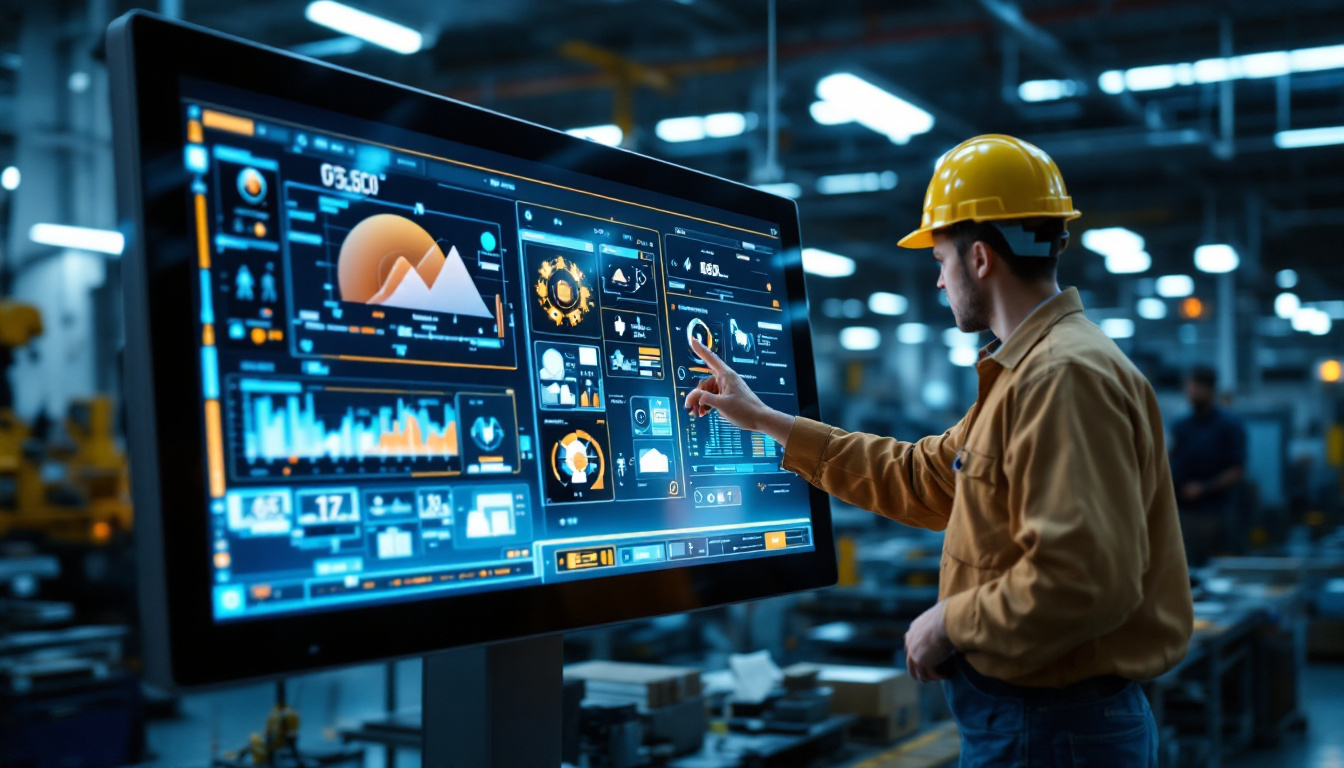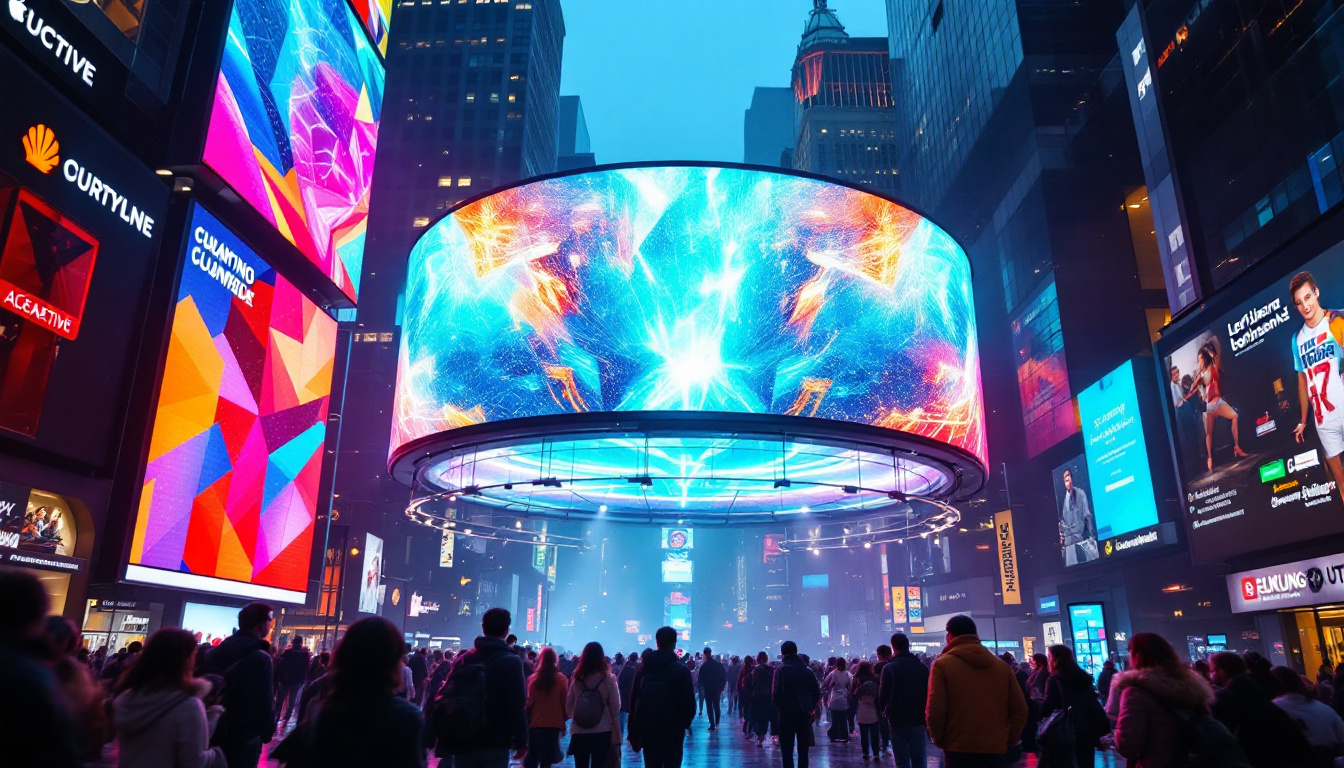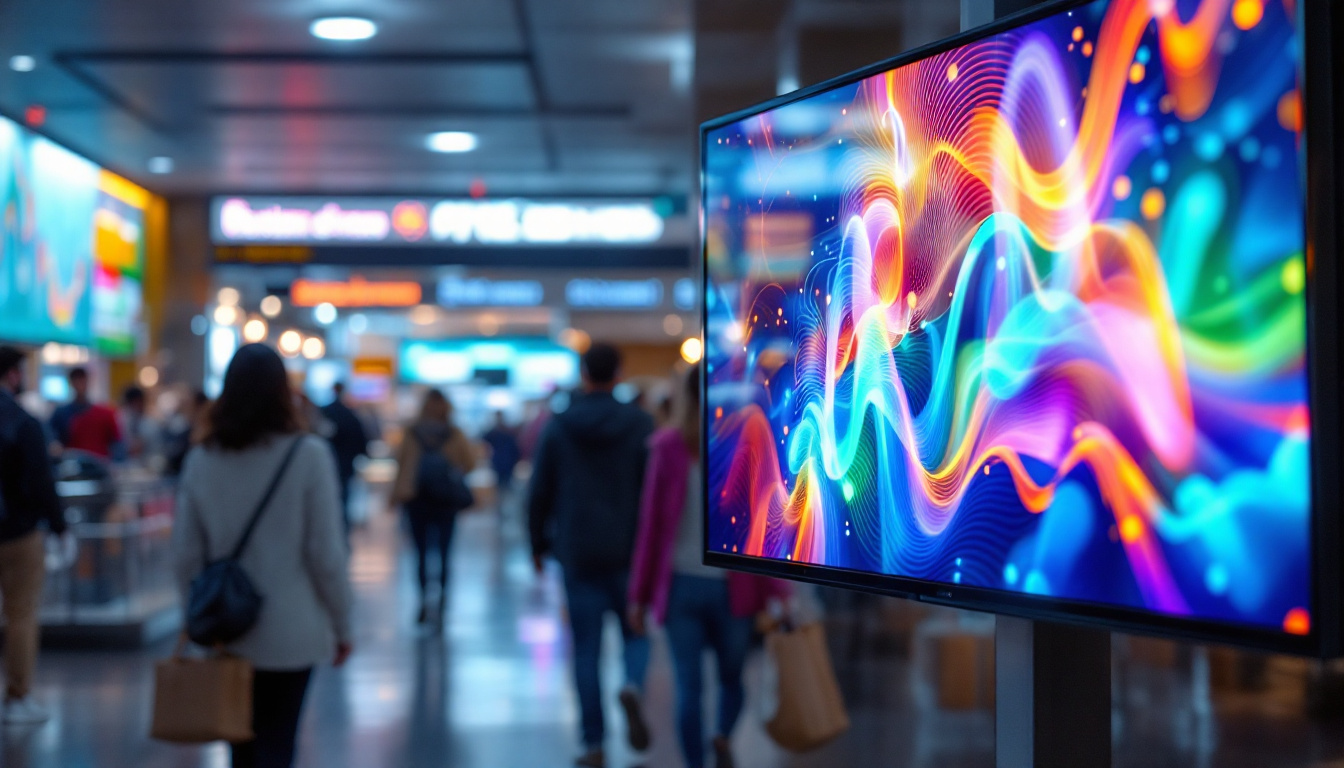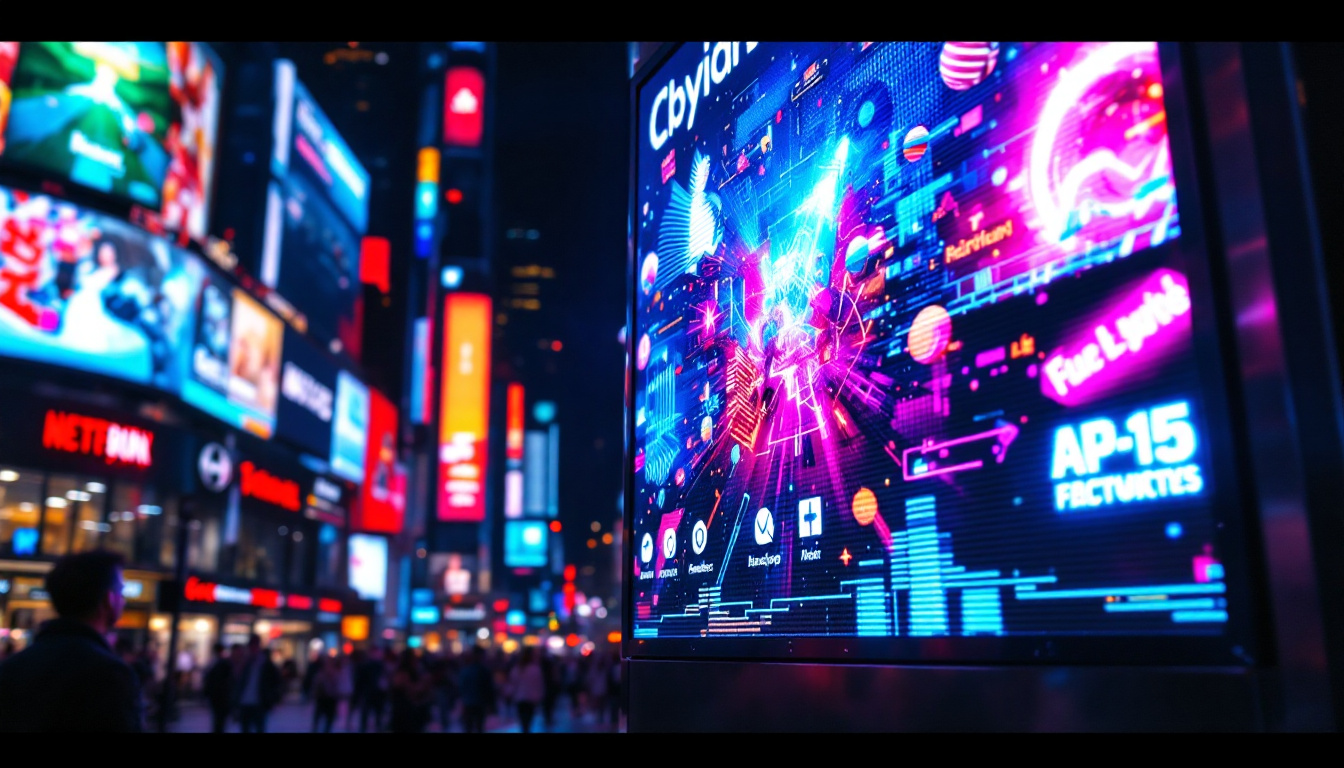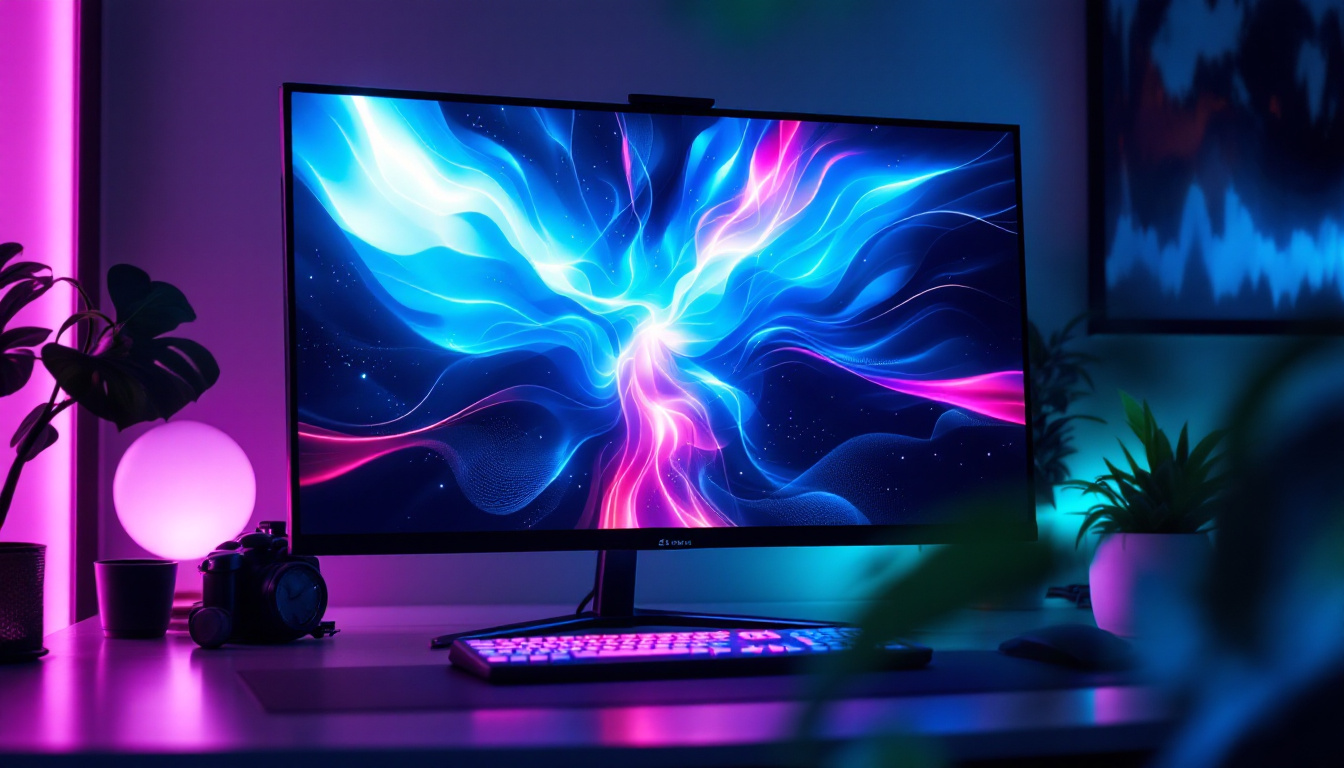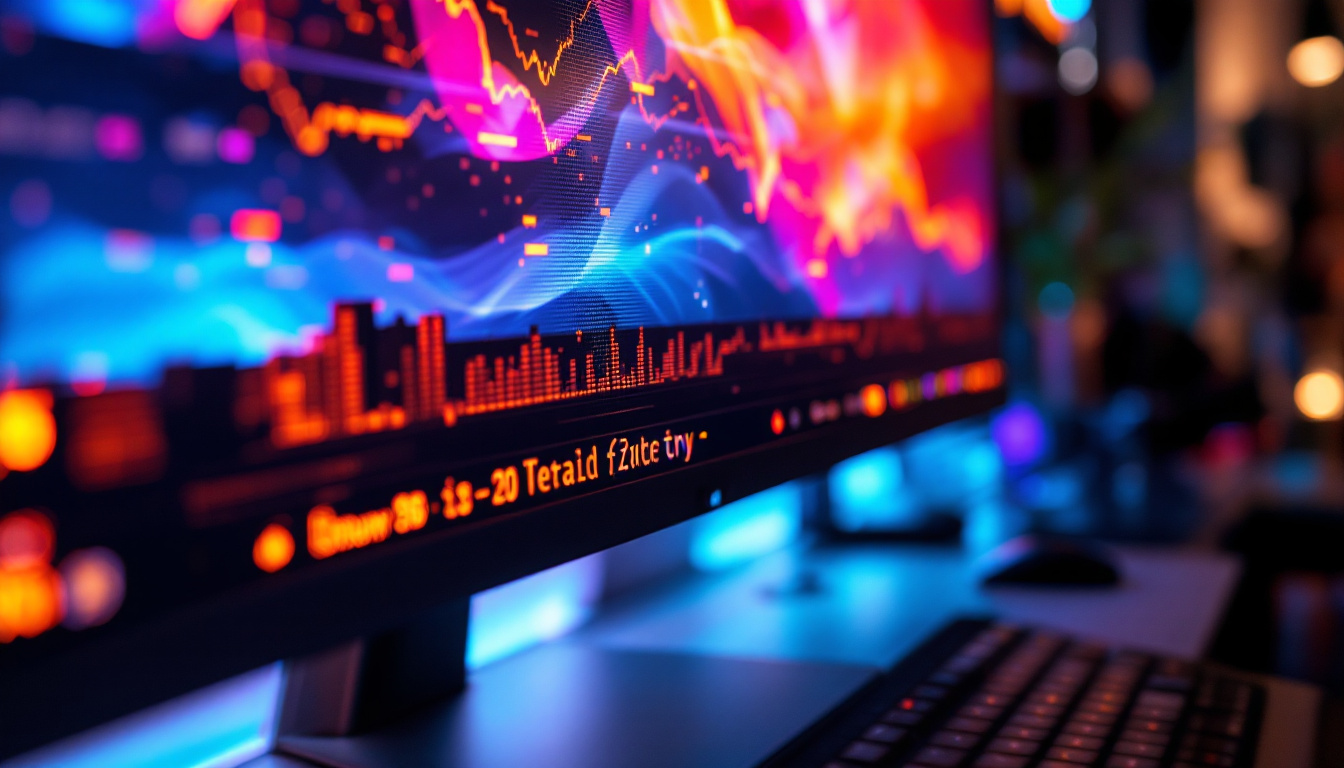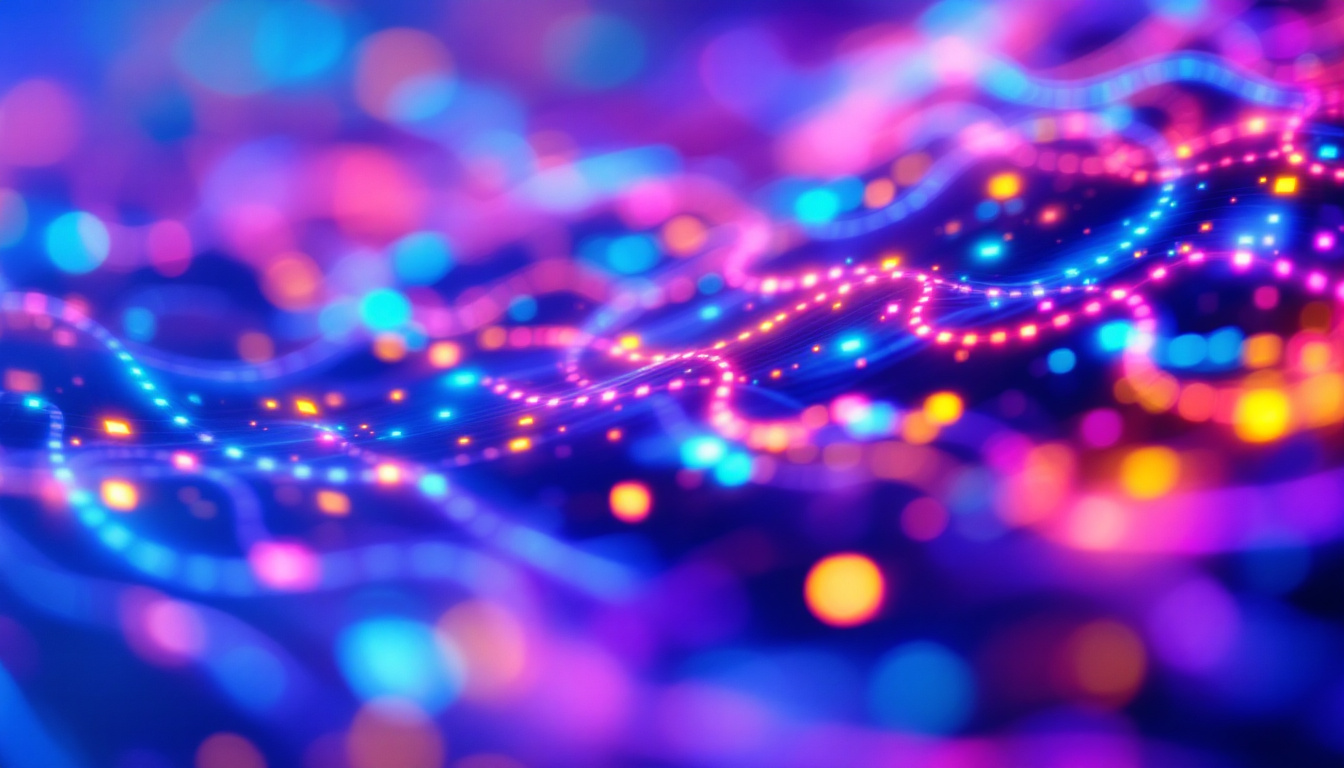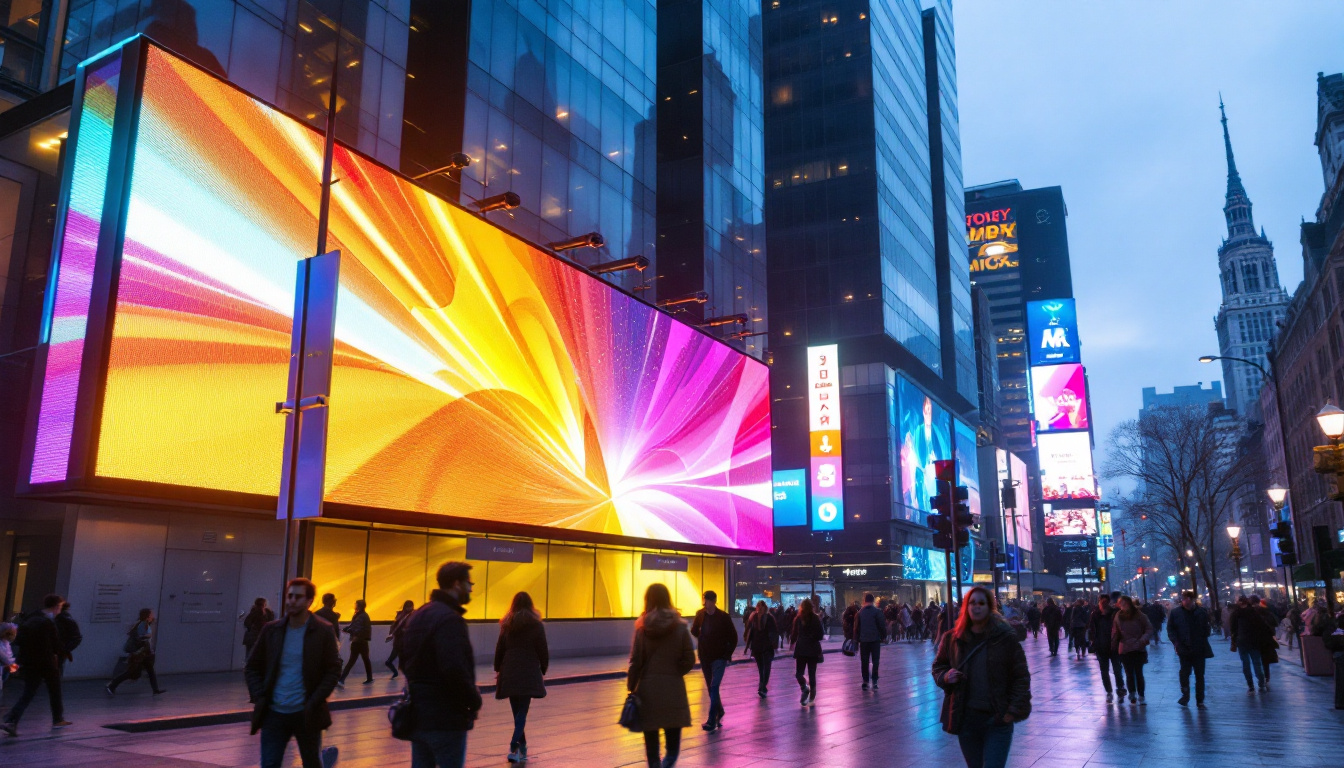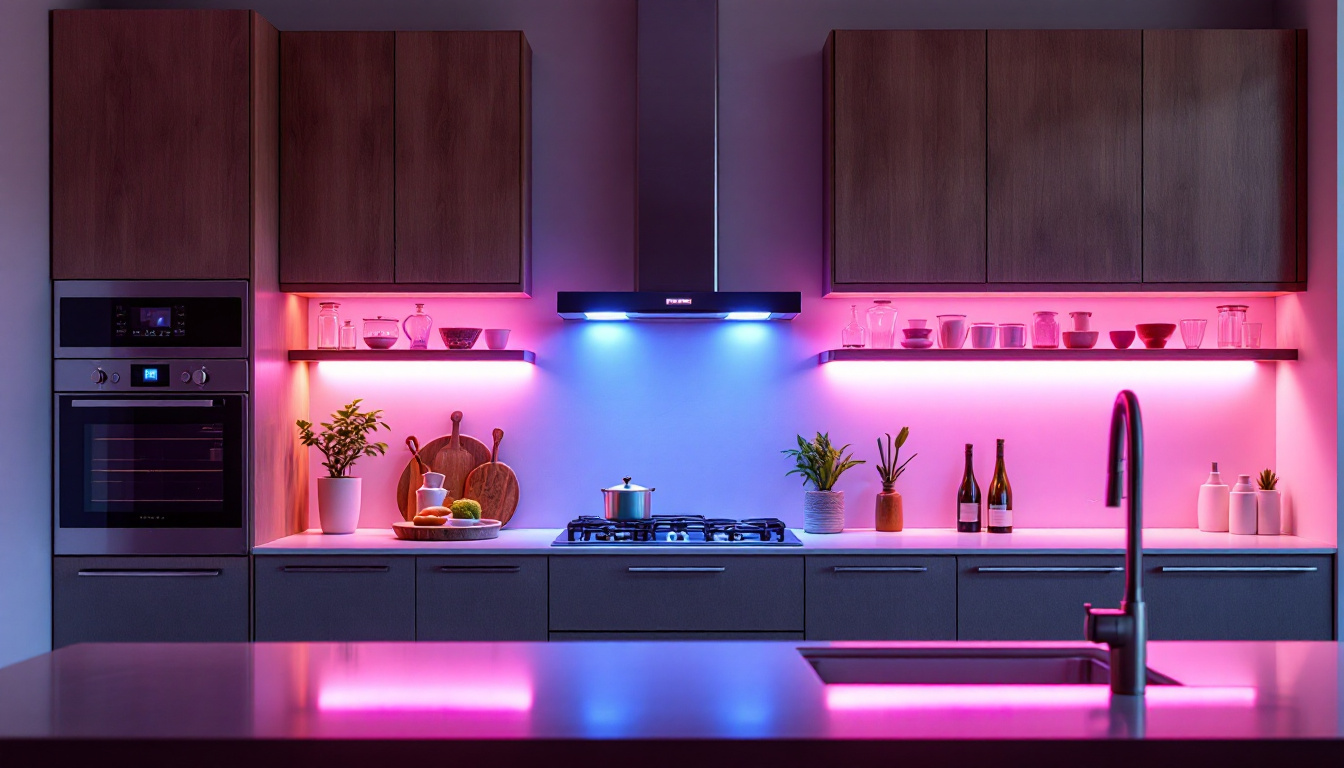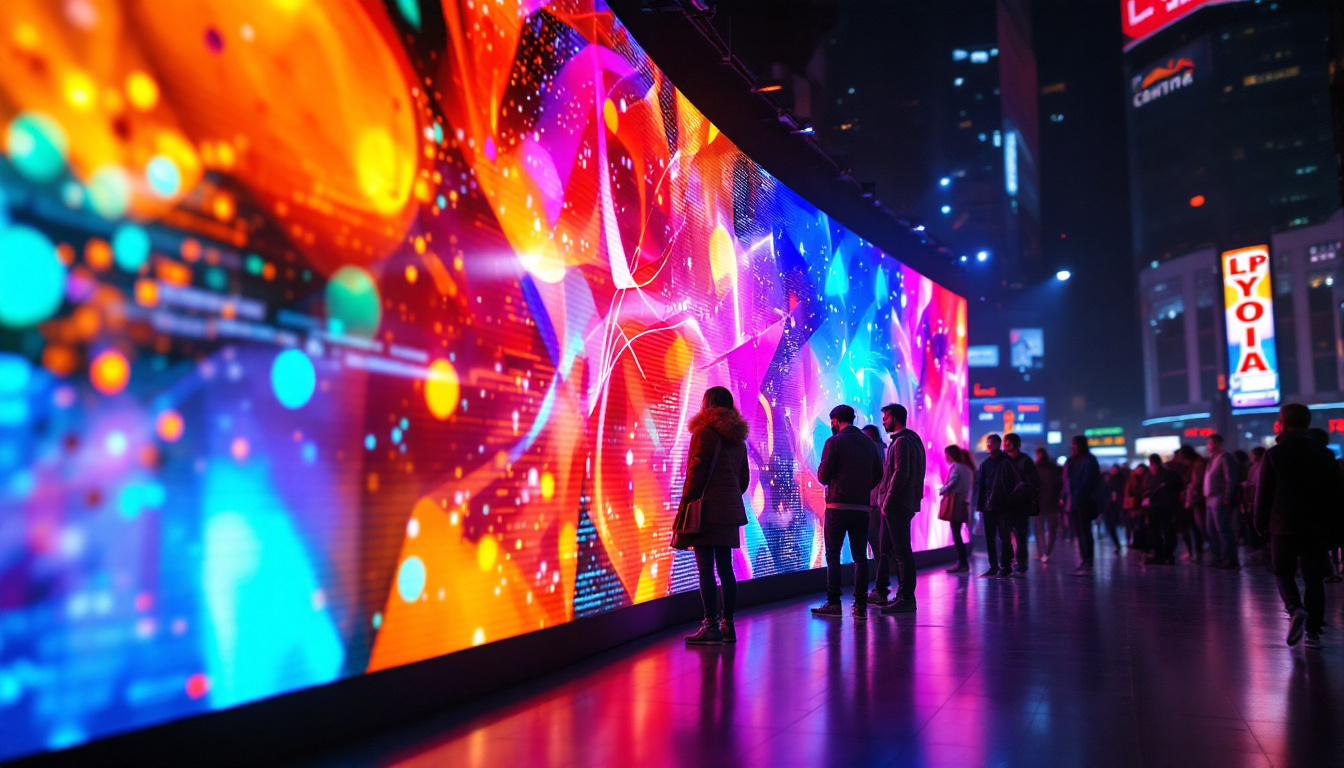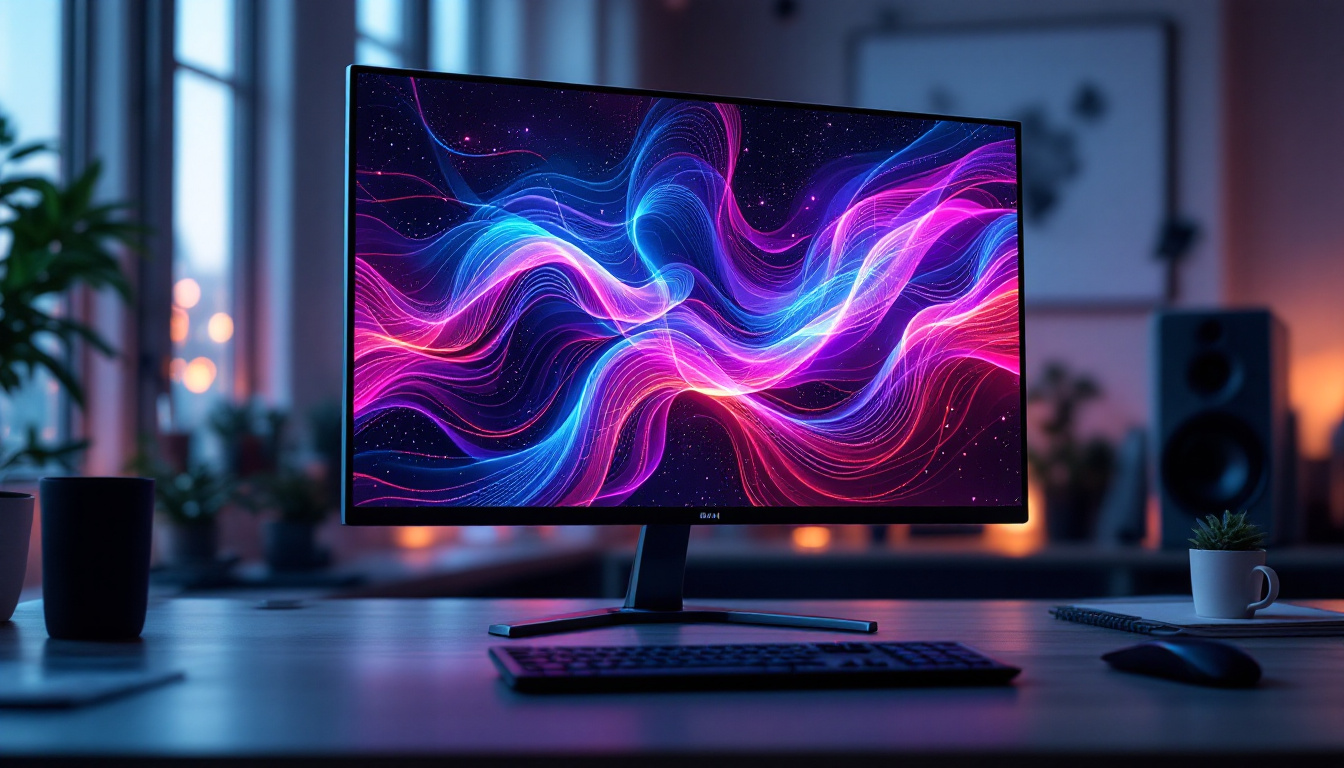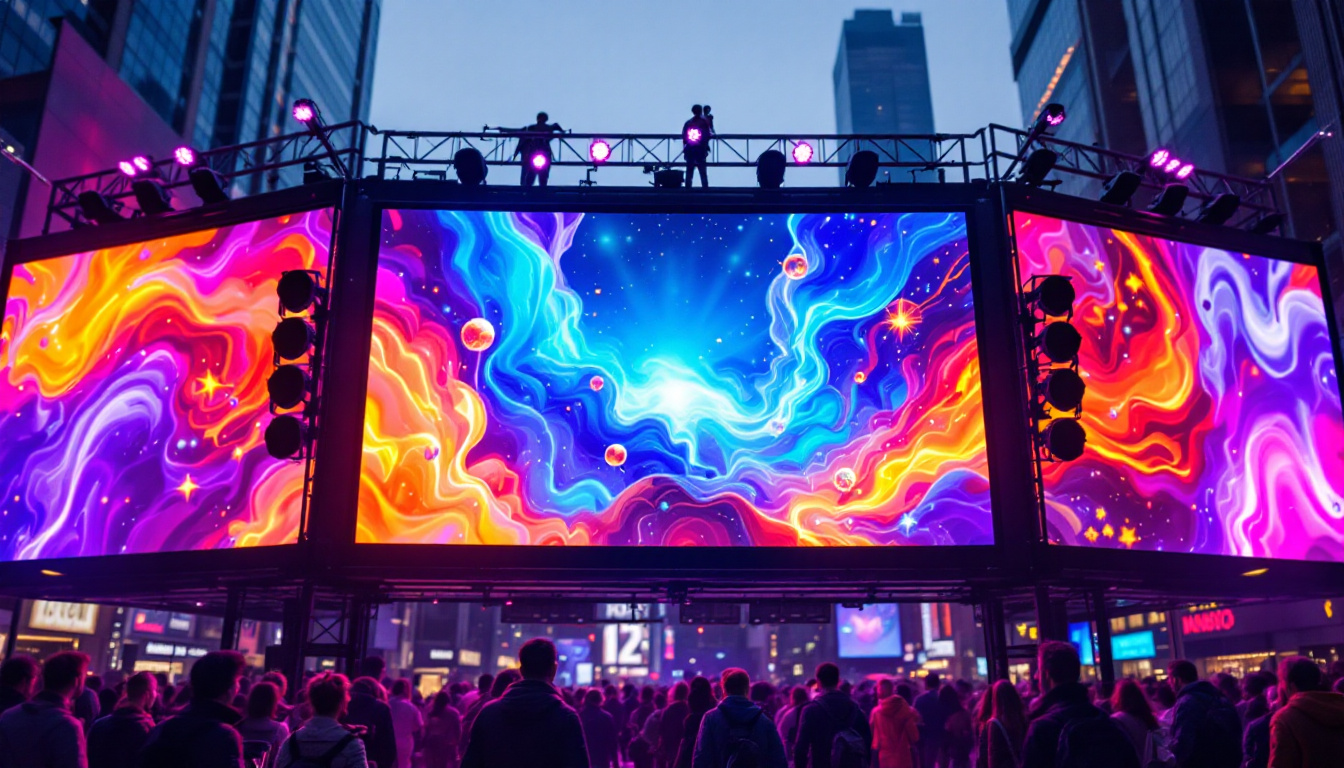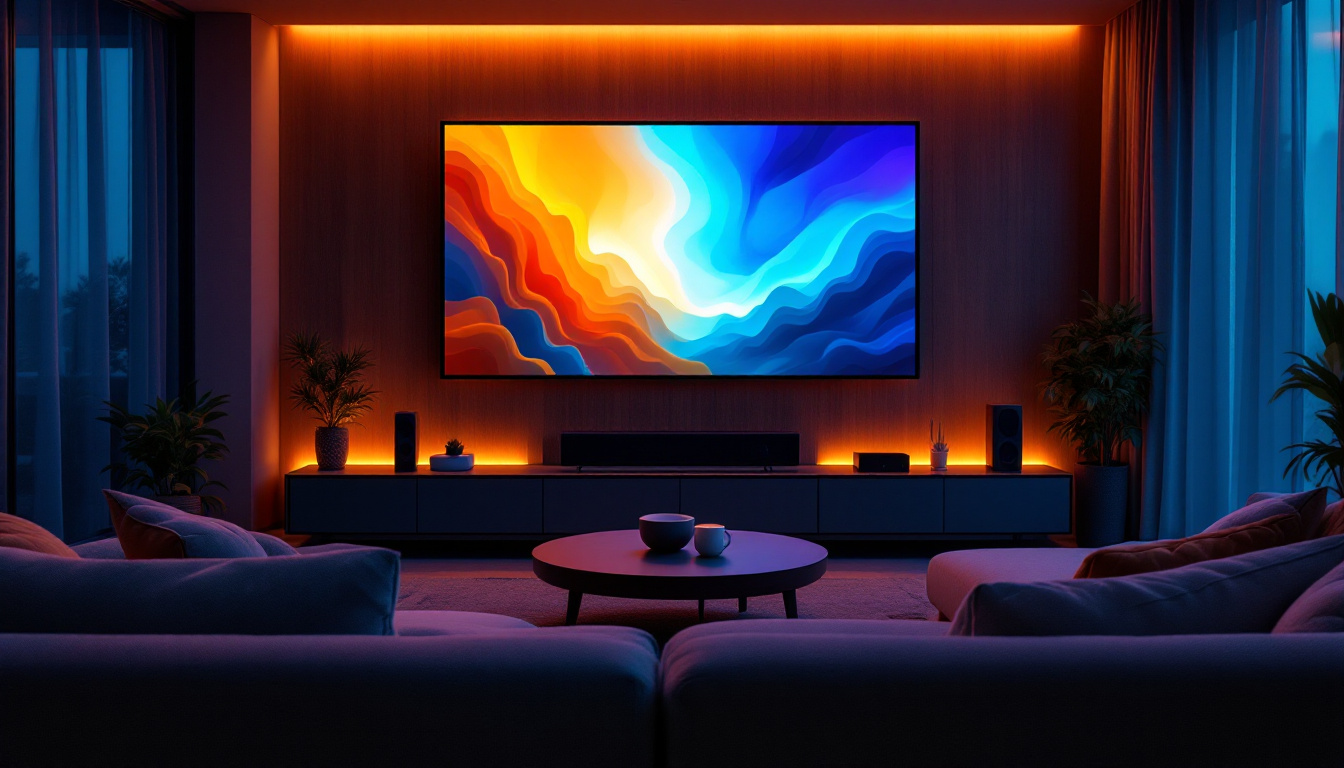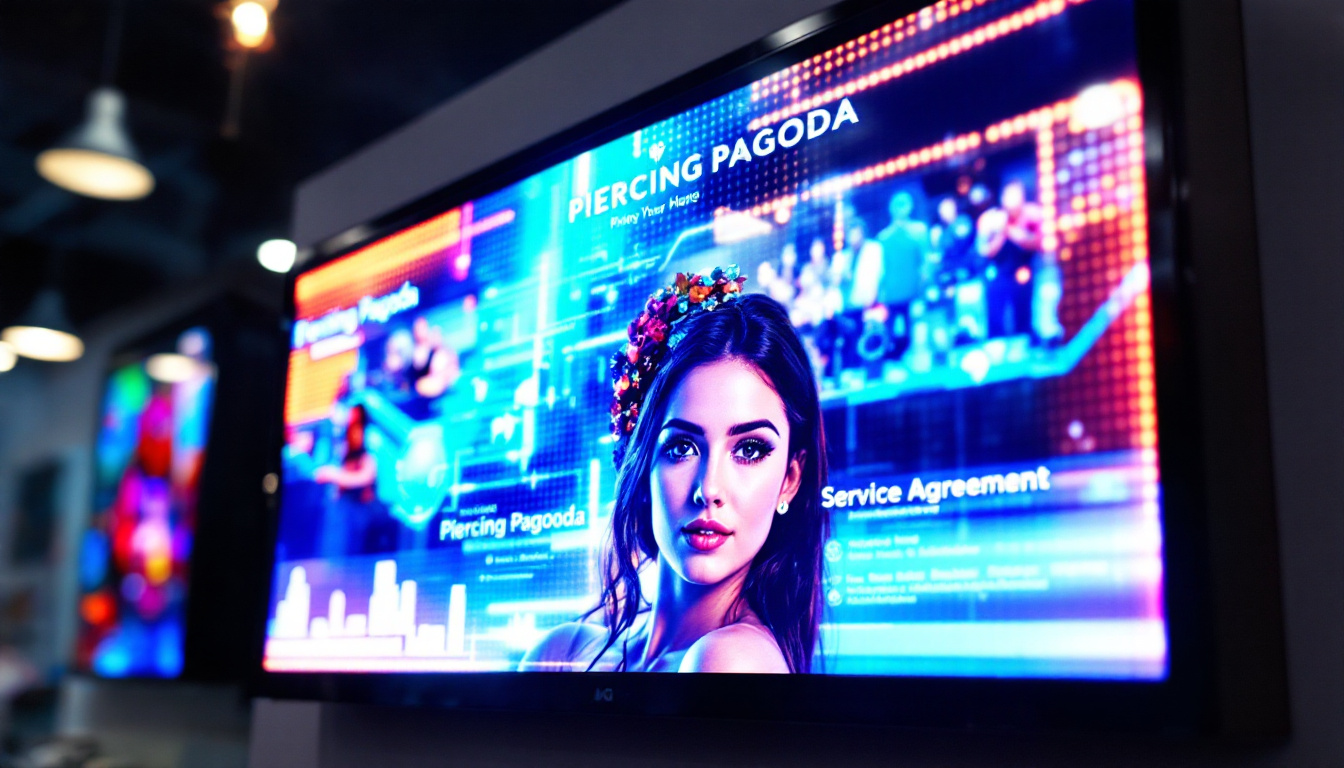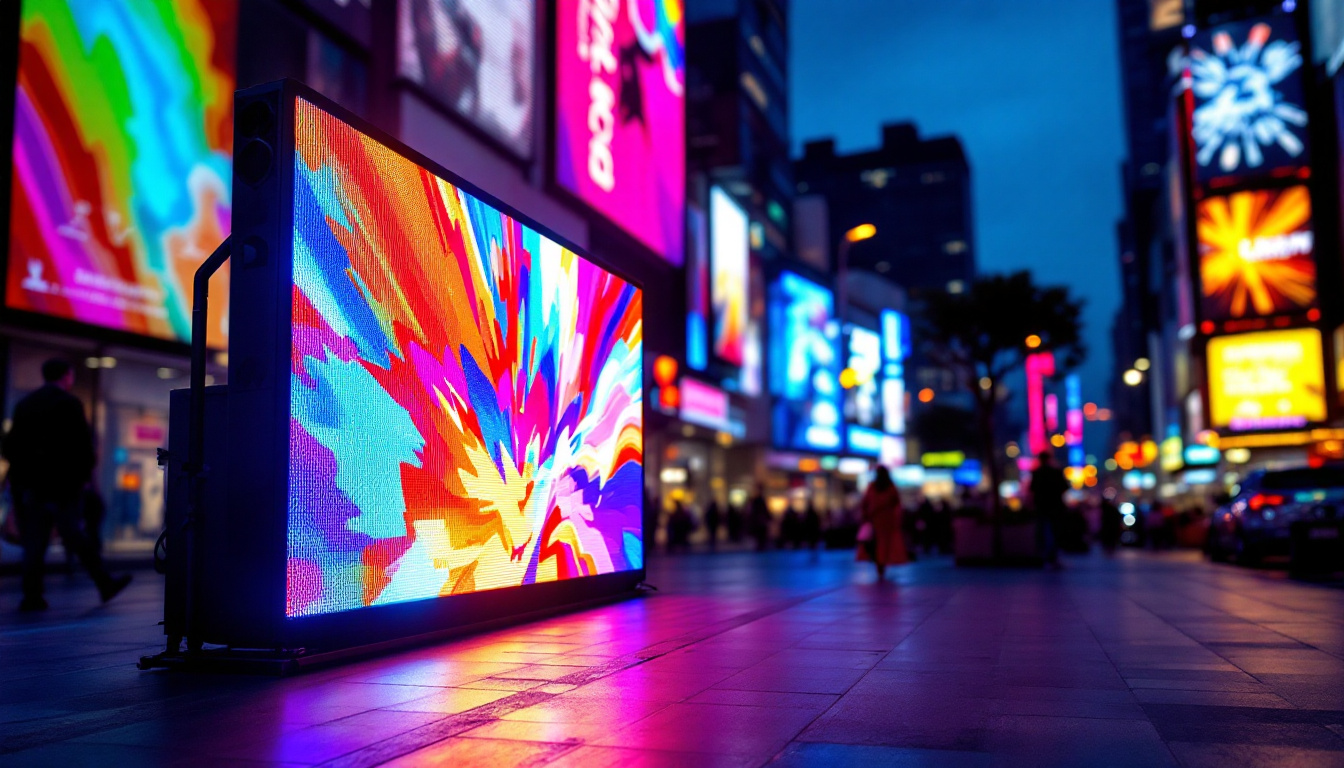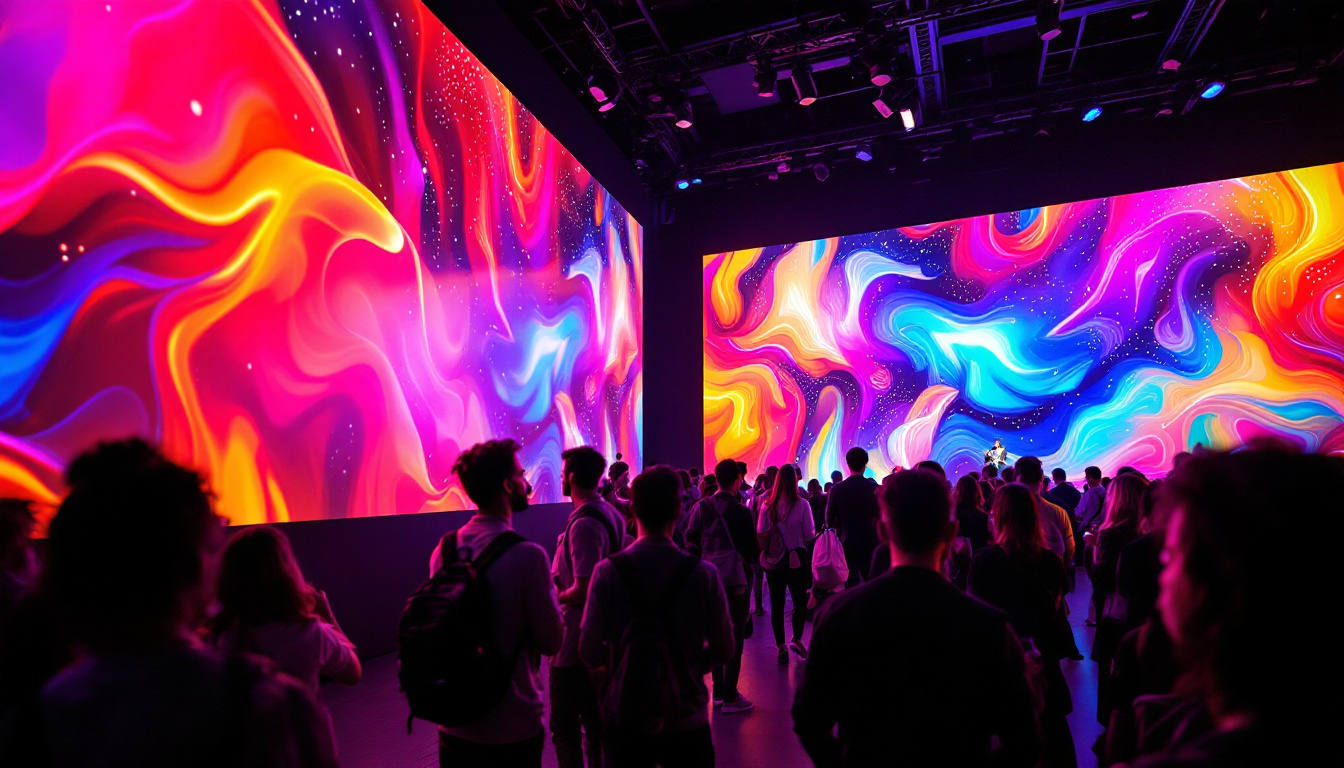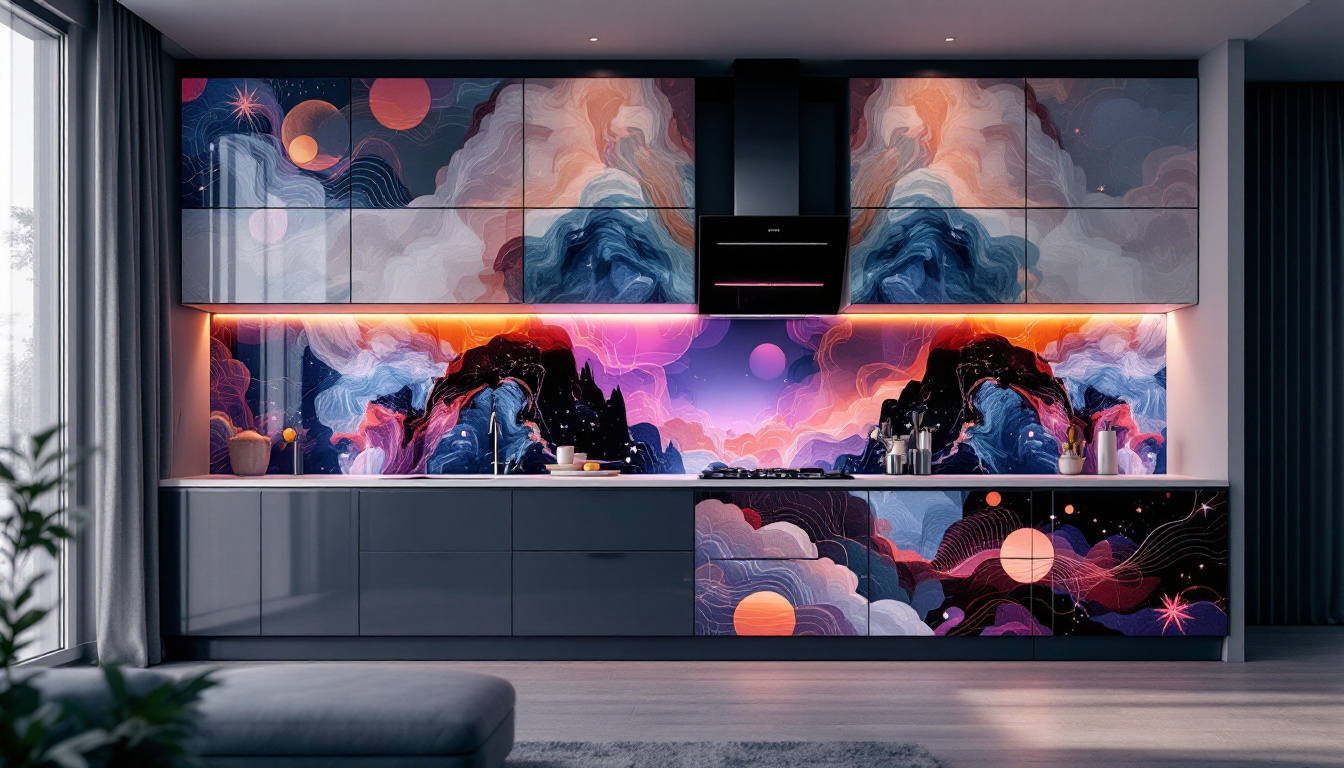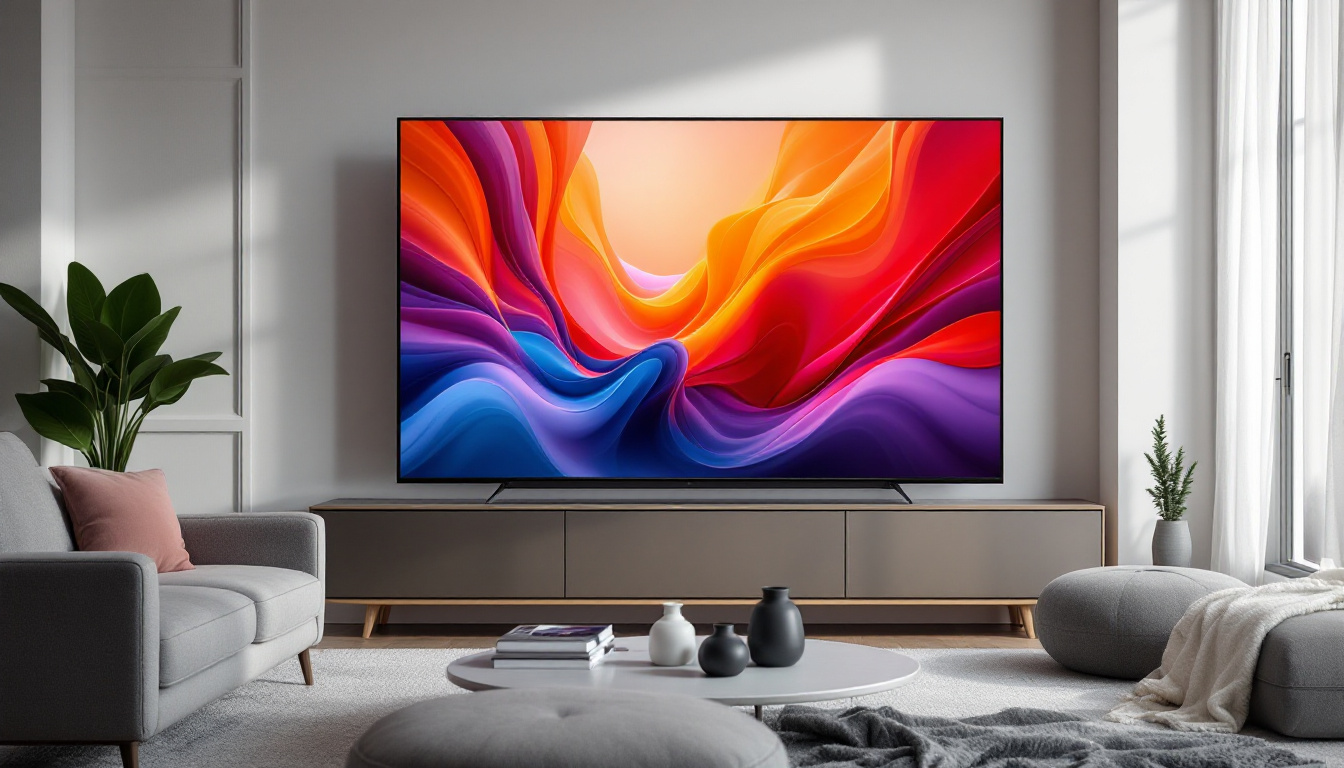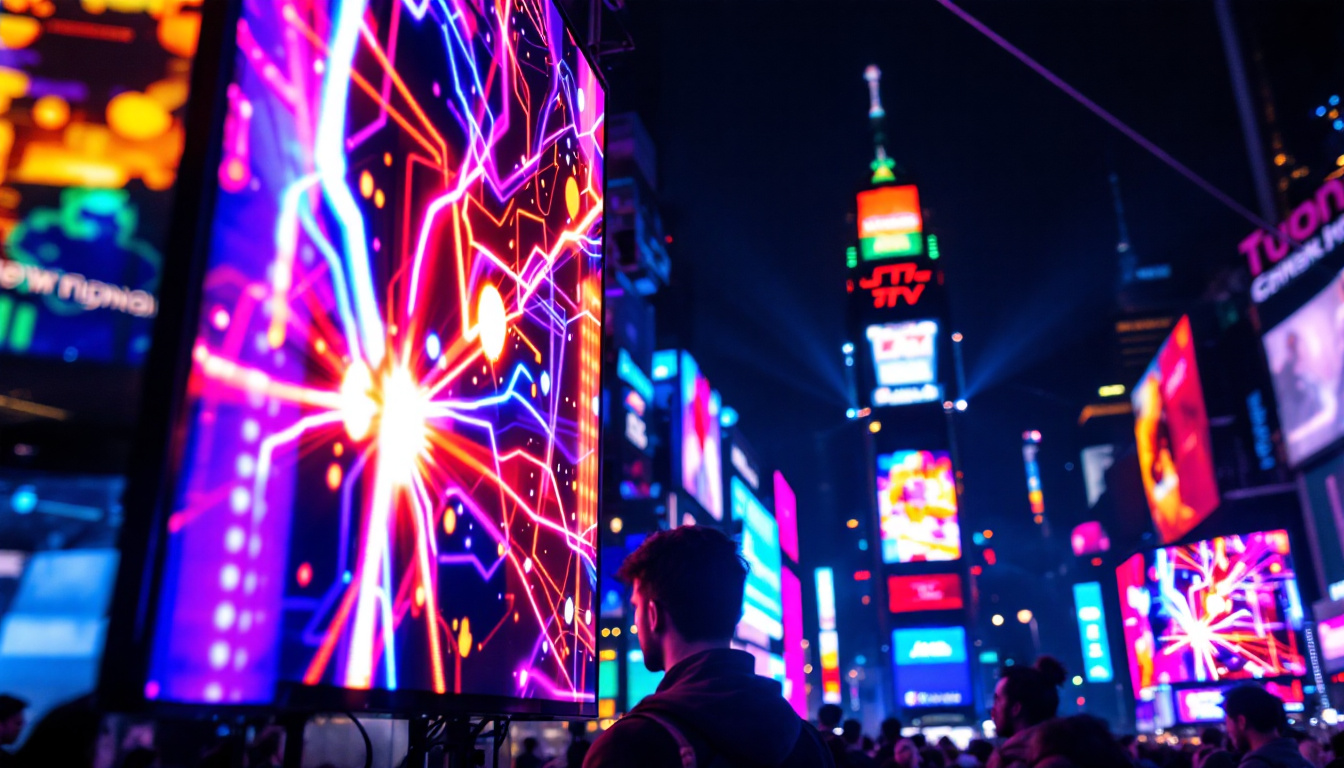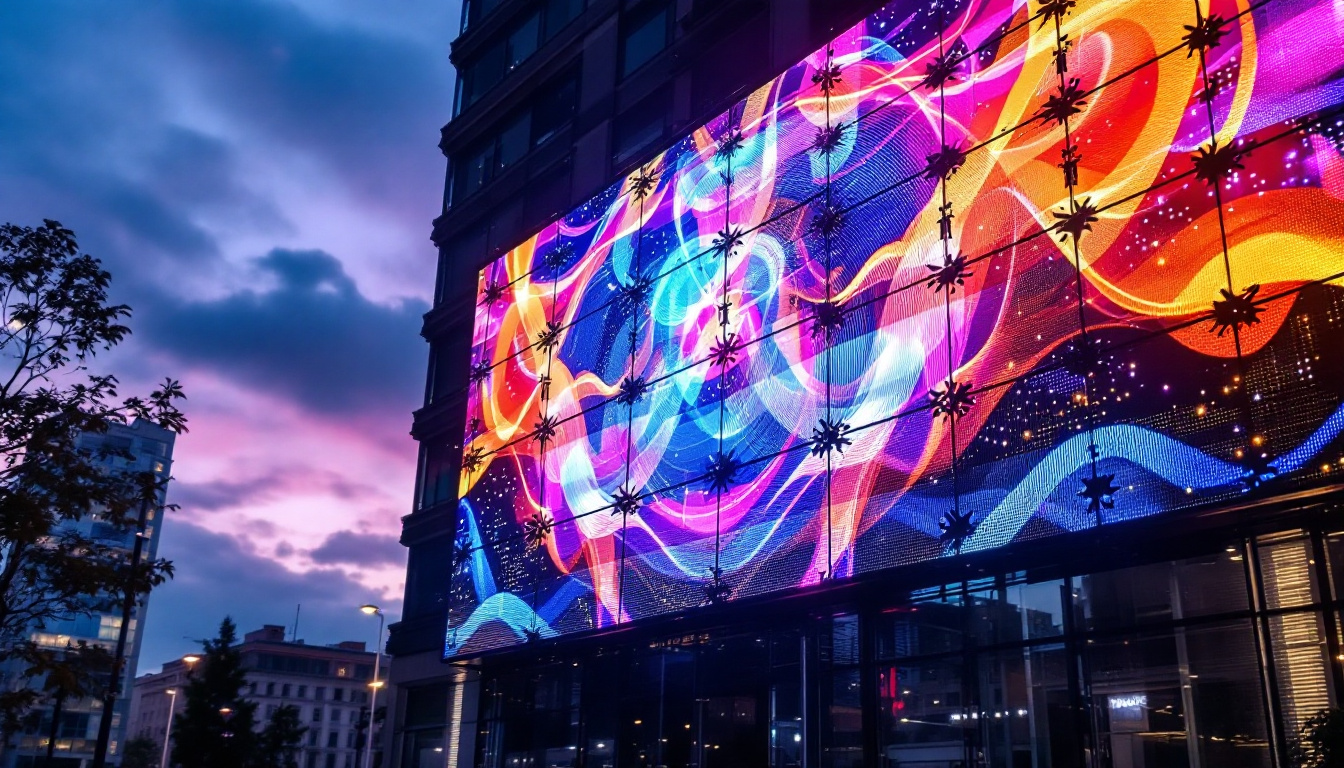In the realm of modern technology, LED displays have emerged as a cornerstone of visual communication. From smartphones to large-scale billboards, these displays are ubiquitous, transforming the way information is presented and consumed. This article delves into the intricacies of LED displays, exploring their functionality, advantages, applications, and future trends.
What is an LED Display?
An LED (Light Emitting Diode) display is a flat panel display technology that uses light-emitting diodes as its primary source of illumination. Unlike traditional LCD screens that rely on backlighting, LED displays utilize these tiny diodes to produce light directly. This fundamental difference allows for enhanced brightness, contrast, and energy efficiency. The compact size of LEDs also enables thinner and lighter display designs, making them ideal for a variety of applications, from smartphones to large-scale outdoor billboards.
Types of LED Displays
LED displays can be broadly categorized into several types based on their configuration and application. The most common types include:
- Direct View LED Displays: These displays consist of individual LEDs that form the entire screen. They are often used in large outdoor signage and video walls, providing high visibility even in bright sunlight. Their modular nature allows for easy scalability, accommodating various sizes and shapes to meet specific advertising needs.
- LED-backlit LCD Displays: These screens use LEDs as a backlight for an LCD panel. They are widely used in televisions and computer monitors, offering improved energy efficiency and color accuracy compared to traditional fluorescent backlighting. Additionally, many LED-backlit displays feature local dimming capabilities, enhancing contrast ratios by selectively dimming or brightening sections of the screen.
- Organic LED (OLED) Displays: A more advanced form of LED technology, OLED displays utilize organic compounds to emit light, allowing for deeper blacks and more vibrant colors. This technology enables flexible display designs, paving the way for innovative applications such as curved screens and wearable devices.
How LED Displays Work
The operation of an LED display hinges on the principles of electroluminescence. When an electric current passes through a semiconductor material in the diode, it emits light. The color of the light depends on the materials used in the diode. By combining red, green, and blue LEDs, a full spectrum of colors can be produced, allowing for the display of rich and vibrant images. This versatility makes LED displays particularly popular in environments where color accuracy is crucial, such as graphic design and photography.
In a typical RGB LED display, each pixel is made up of three smaller diodes (red, green, and blue). By varying the intensity of each diode, the display can create millions of color combinations. This capability is what makes LED displays particularly effective for dynamic content, such as videos and animations. Furthermore, advancements in technology have led to the development of high-refresh-rate LED displays, which are essential for smooth motion rendering in gaming and fast-paced video content. As a result, LED displays continue to evolve, incorporating features like higher resolutions and improved response times to meet the demands of modern users.
Advantages of LED Displays
LED displays offer numerous advantages over traditional display technologies. Their benefits are not only technical but also practical, making them a popular choice across various industries.
Energy Efficiency
One of the standout features of LED displays is their energy efficiency. Compared to conventional LCD or plasma displays, LED screens consume significantly less power. This efficiency is particularly beneficial for large installations, such as outdoor billboards, where energy costs can accumulate rapidly.
Moreover, the reduced energy consumption contributes to a lower carbon footprint, aligning with global sustainability goals. As businesses and consumers become more environmentally conscious, the demand for energy-efficient technologies like LED displays continues to grow. In addition to their energy-saving capabilities, many LED displays are designed with smart technology that can further optimize power usage. For instance, sensors can adjust brightness based on ambient light conditions, ensuring that the display uses only the necessary amount of energy while maintaining optimal visibility.
Brightness and Visibility
LED displays are known for their exceptional brightness levels, making them ideal for both indoor and outdoor environments. The ability to produce high luminance ensures that content remains visible even in direct sunlight, a crucial factor for advertising and public information displays.
Additionally, the contrast ratio of LED displays is superior to that of traditional displays, allowing for deeper blacks and more vibrant colors. This characteristic enhances the overall viewing experience, making LED displays a preferred choice for multimedia presentations and entertainment venues. Furthermore, the wide viewing angles offered by LED technology ensure that audiences can enjoy high-quality visuals from various positions, making them particularly effective in crowded spaces like stadiums and concert halls. This versatility not only improves audience engagement but also allows for creative content that can be viewed from multiple perspectives.
Longevity and Durability
LED technology is inherently durable, with a longer lifespan compared to other display types. While traditional displays may suffer from issues like burn-in or screen degradation over time, LED displays maintain their performance for years with minimal degradation.
This longevity translates to lower maintenance costs and reduced frequency of replacements, making LED displays a cost-effective solution in the long run. Their robust construction also allows them to withstand harsh environmental conditions, further enhancing their appeal for outdoor applications. In addition to their physical resilience, many LED displays are designed with modular components, allowing for easy repairs and upgrades. This modularity not only extends the lifespan of the display but also provides flexibility for businesses to adapt to changing technological advancements without needing a complete overhaul. As a result, LED displays represent a forward-thinking investment that can evolve alongside the needs of the user.
Applications of LED Displays
The versatility of LED displays enables their use across a wide range of applications. From commercial advertising to artistic installations, the possibilities are virtually limitless.
Advertising and Marketing
One of the most prominent applications of LED displays is in advertising. Digital billboards and signage leverage the vibrant colors and high brightness of LED technology to capture the attention of passersby. The ability to display dynamic content allows advertisers to engage audiences more effectively than static displays.
Moreover, LED displays can be programmed to change content in real-time, enabling targeted advertising based on time of day, weather conditions, or audience demographics. This level of adaptability enhances marketing strategies and maximizes return on investment.
Entertainment and Events
In the entertainment industry, LED displays have revolutionized the way audiences experience live events. Concerts, sports games, and theater productions utilize large LED screens to enhance visual storytelling and engage viewers.
These displays can create immersive environments, integrating visuals with performances to elevate the overall experience. From dazzling light shows to informative scoreboards, LED technology plays a crucial role in modern entertainment.
Information Displays
LED displays are also widely used for informational purposes, such as in transportation hubs, retail environments, and corporate settings. digital signage in airports and train stations provides real-time updates on schedules, delays, and other important information, improving the travel experience.
In retail, LED displays can showcase promotions, product information, and brand messaging, enhancing customer engagement and driving sales. The flexibility of content management systems allows businesses to update information quickly and efficiently, ensuring that customers are always informed.
Future Trends in LED Display Technology
As technology continues to evolve, so too does the landscape of LED displays. Emerging trends indicate exciting developments that could further enhance their capabilities and applications.
MicroLED Technology
MicroLED is an innovative advancement in display technology that promises to take LED displays to the next level. MicroLED panels consist of tiny individual LEDs that can be placed close together, creating a seamless display with incredible resolution and color accuracy.
This technology offers several advantages, including improved energy efficiency and the potential for flexible display shapes. MicroLED displays are expected to play a significant role in the future of televisions, smartphones, and wearable devices, providing consumers with high-quality visuals in compact formats.
Integration with Smart Technologies
The integration of LED displays with smart technologies is another trend gaining traction. As the Internet of Things (IoT) continues to expand, LED displays are becoming smarter and more connected. This integration allows for real-time data visualization, interactive content, and enhanced user experiences.
For instance, smart LED displays in retail environments can analyze customer behavior and adapt content accordingly, providing personalized experiences that drive engagement and sales. This level of interactivity is set to redefine how businesses communicate with their audiences.
Advancements in Flexibility and Form Factor
The future of LED displays also lies in their flexibility and form factor. Manufacturers are exploring new ways to create bendable and rollable LED screens, opening up possibilities for innovative applications in architecture, design, and advertising.
Flexible LED displays can be integrated into various surfaces, allowing for creative installations that blend technology with aesthetics. This trend could lead to entirely new approaches to visual communication, transforming public spaces and personal environments alike.
Conclusion
LED displays have undeniably transformed the landscape of visual communication, offering a myriad of advantages that make them a preferred choice across various industries. Their energy efficiency, brightness, durability, and versatility have paved the way for innovative applications in advertising, entertainment, and information dissemination.
As technology continues to advance, the future of LED displays looks promising. With developments in microLED technology, smart integrations, and flexible designs, the potential for LED displays to enhance our daily lives is limitless. Embracing these advancements will not only improve the quality of visual experiences but also contribute to a more connected and interactive world.
Discover LumenMatrix’s Innovative LED Display Solutions
As you’ve seen, LED displays are at the forefront of visual technology, offering unparalleled advantages in energy efficiency, brightness, and versatility. If you’re inspired to elevate your visual communication, look no further than LumenMatrix. Our extensive range of LED display modules, including Indoor and Outdoor LED Wall Displays, Vehicle LED Displays, LED Poster Displays, LED Sports Displays, Floor LED Displays, Custom LED Displays, All-in-One LED Displays, and LED Transparent Displays, are designed to captivate and engage your audience. Experience the future of digital signage with LumenMatrix and let us help you share your message with clarity and impact. Check out LumenMatrix LED Display Solutions today and see the difference for yourself.






